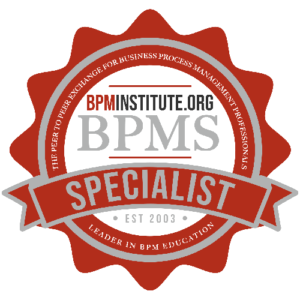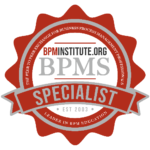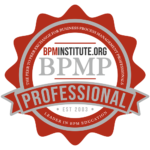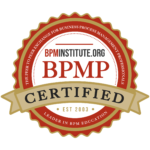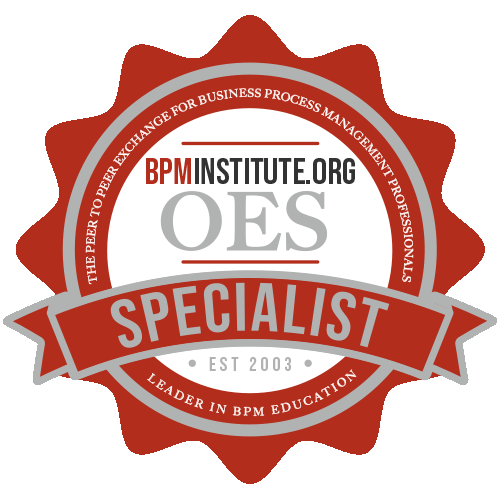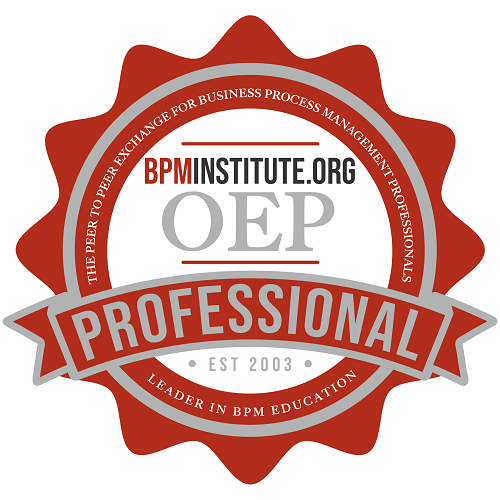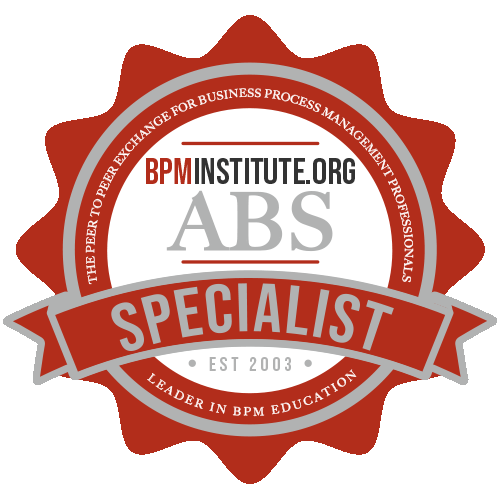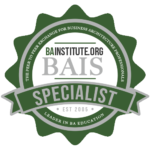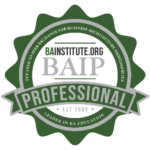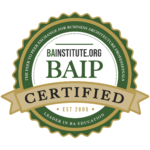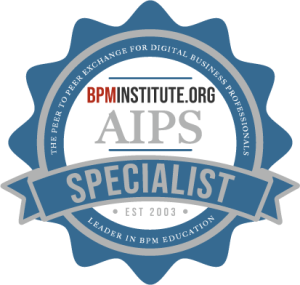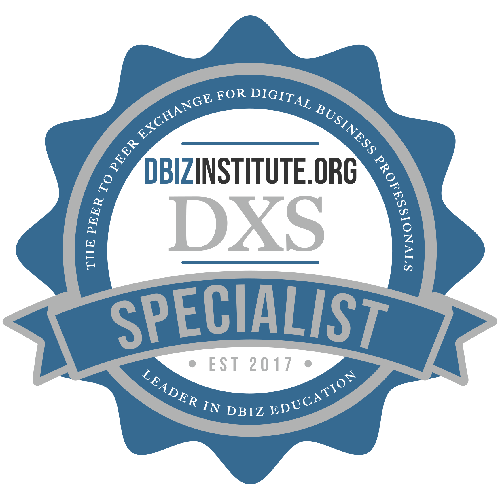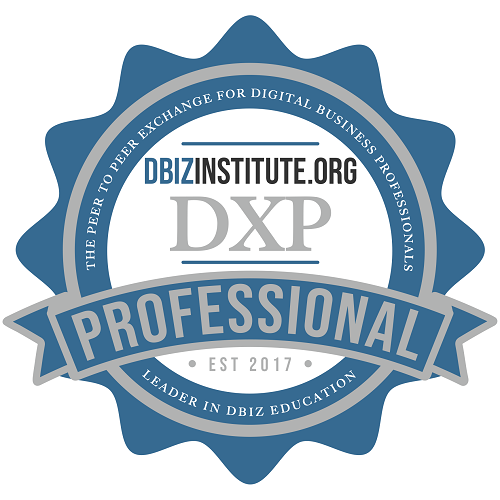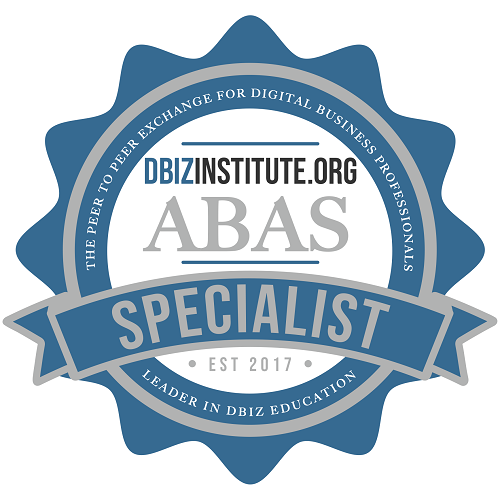Often when I start discussing SOA, a story comes to my mind that I first heard from my grand father when I was kid. It is about six blind men who encounter an elephant for the first time in their life. They perceive the animal differently and start fighting amongst themselves. One who touched its tail thought it was a snake, another who got hold of his trunk thought it to be a tree branch, the third, bumping against his rigid body, thought it was a wall while the fourth, getting hold of his legs, thought it to be a log of wood and so on.
Case Study: The Value of Transforming Your Business to a Process-driven Enterprise
Unisen is a leading provider of Business Process Outsourcing and Information Technology Outsourcing to the Canadian fund industry. Unisen services about 47% of the mutual fund companies in Canada. There are over 1.3 million calls into the call center and the company administers $40 billion of AUA for institutional and offshore clients. Unisen process almost 5 million investor statements representing 15 million pages of output.
Unisen is a leading provider of Business Process Outsourcing and Information Technology Outsourcing to the Canadian fund industry. Unisen services about 47% of the mutual fund companies in Canada. There are over 1.3 million calls into the call center and the company administers $40 billion of AUA for institutional and offshore clients. Unisen process almost 5 million investor statements representing 15 million pages of output.
The scope of services Unisen provides for information technology includes:

Can the Business Rule?
“It is not the strongest of the species that survive, nor the most intelligent,
but the one most responsive to change,” said Charles Darwin.

EA, BPM and SOA Convergence
Many strategic initiatives today are focused on Enterprise Architecture (EA) development, Business Process Management (BPM) and Service-Oriented Architecture (SOA) development. In support of these important activities are numerous approaches, techniques, tools and experienced consultants. You can also find a wealth of information on the web and in various industry newsletters and publications. Let us take a look at what is common and shared between these essential initiatives.

Build your SOA: Maturity and Methodology, Part III
Introduction
Typical SOA initiatives can potentially suffer from one or more of the following problems:
You need an adaptable software methodology — a systematic approach to the way software is developed — that can provide rigid controls and processes during the initial SOA rollout b
What Makes a Process Slow?
Every organization believes there is additional speed that can be squeezed from its core processes. Are all processes then inherently slower than they should be? If so, what slows a process down?
There are many reasons in which a process will perform slower than it could. Here are some of the key reasons I have observed over a number of years that will put the brakes on a process:
Handoffs
Handoffs between departments in an organization have a significant impact on process performance.

Making the Transition to Services Engineering – Part I
“The productivity of knowledge and knowledge workers will not be the only competitive factor in the world economy.

BPMS on SOA: Still the Exception
You can’t attend a BPM conference or webcast nowadays without hearing how SOA provides the critical technology underpinnings of BPM software. And there is even a grain of truth in that statement. For example, most BPM Suites provide integration adapters that can introspect backend systems and turn them into process components that are, in an important sense, service-oriented.
Case Study: BPM – From Ideas to Action
The overall challenge for BPM is, how does a company manage these efforts into an action plan that supports company strategy and contributes to the bottom line? People in different parts of the organization see BPM projects from different perspectives, which can mean different goals and procedures and divergent outcomes. Coordinating the efforts requires management to see each project from an overall perspective, including the individual efforts on each process that is being improved.
The overall challenge for BPM is, how does a company manage these efforts into an action plan that supports company strategy and contributes to the bottom line? People in different parts of the organization see BPM projects from different perspectives, which can mean different goals and procedures and divergent outcomes. Coordinating the efforts requires management to see each project from an overall perspective, including the individual efforts on each process that is being improved.

Barriers to Process Redesign
Changing a process and the relevant jobs, structure, and controls presents unique challenges, so a process redesign project will almost always encounter obstacles, barriers, and pitfalls.
Changing a process and the relevant jobs, structure, and controls presents unique challenges, so a process redesign project will almost always encounter obstacles, barriers, and pitfalls. Research conducted on reengineering projects has uncovered the barriers listed in Table 1.
Table 1: Barriers to Process Redesign
